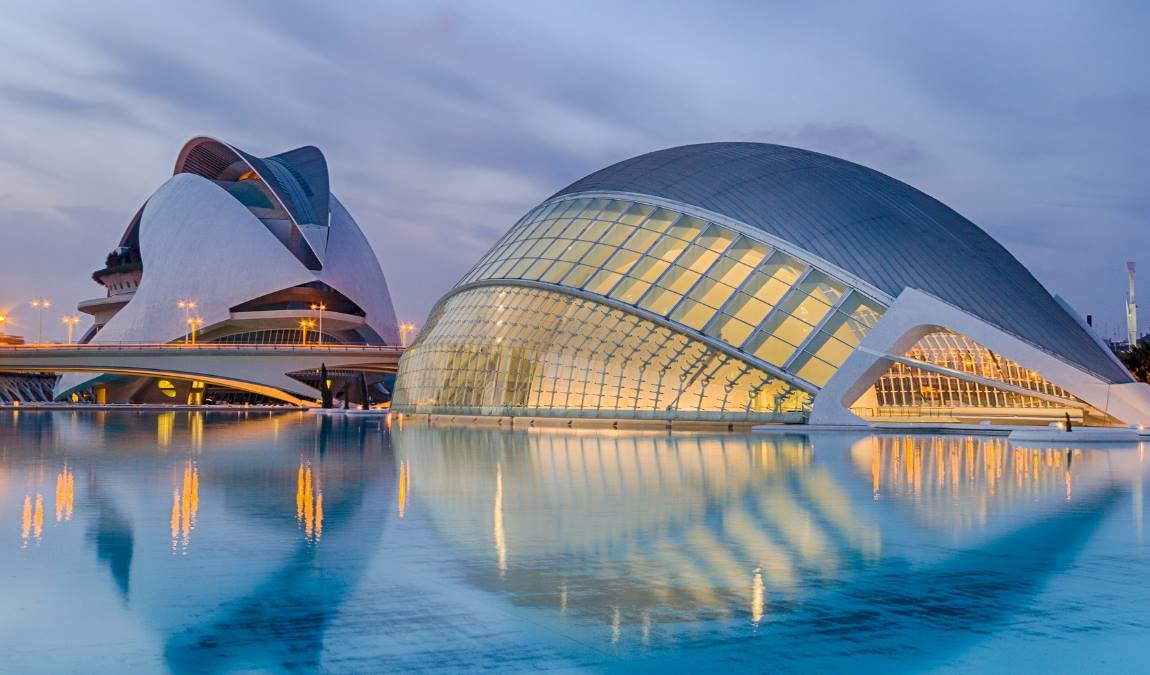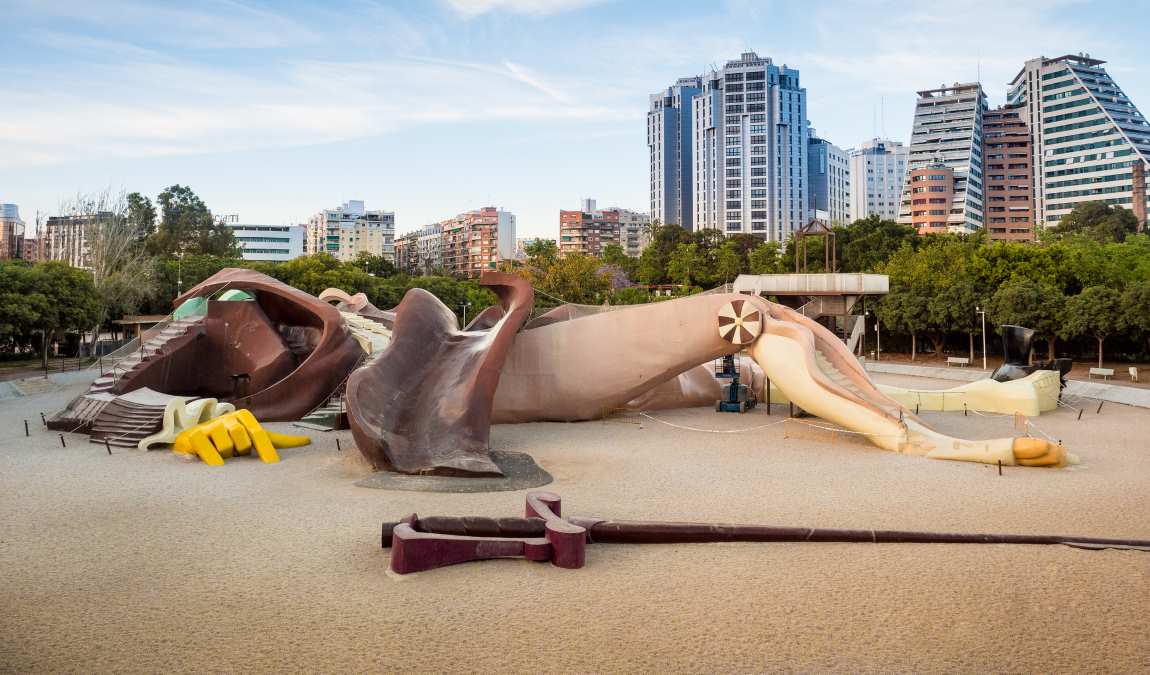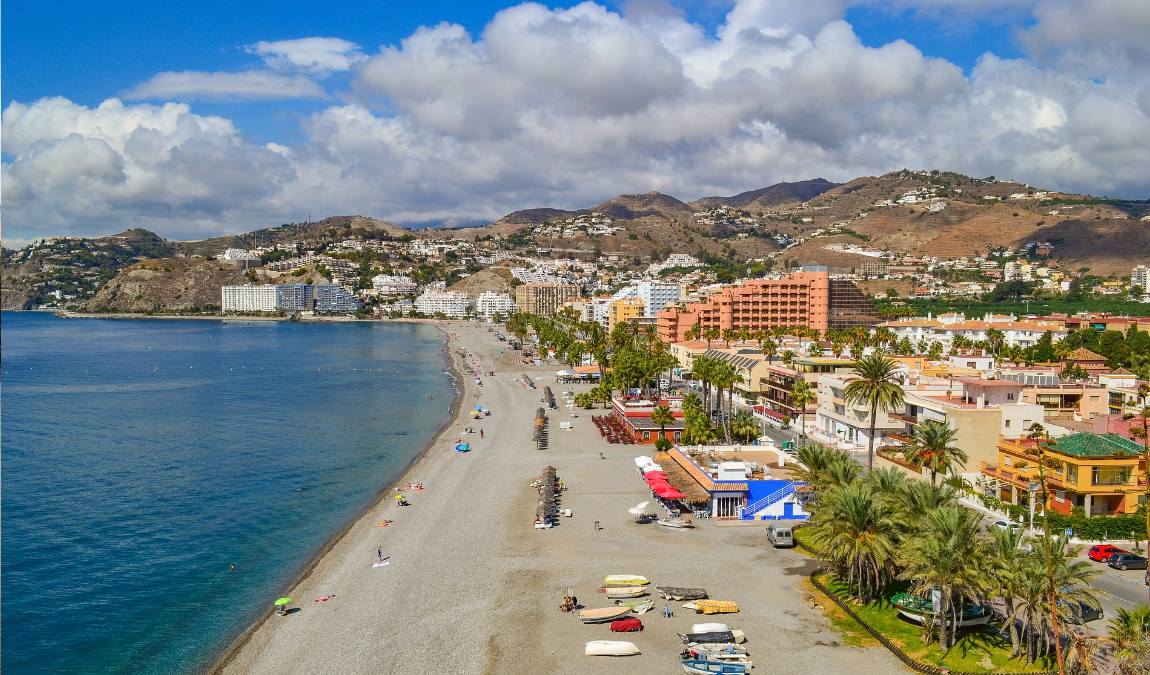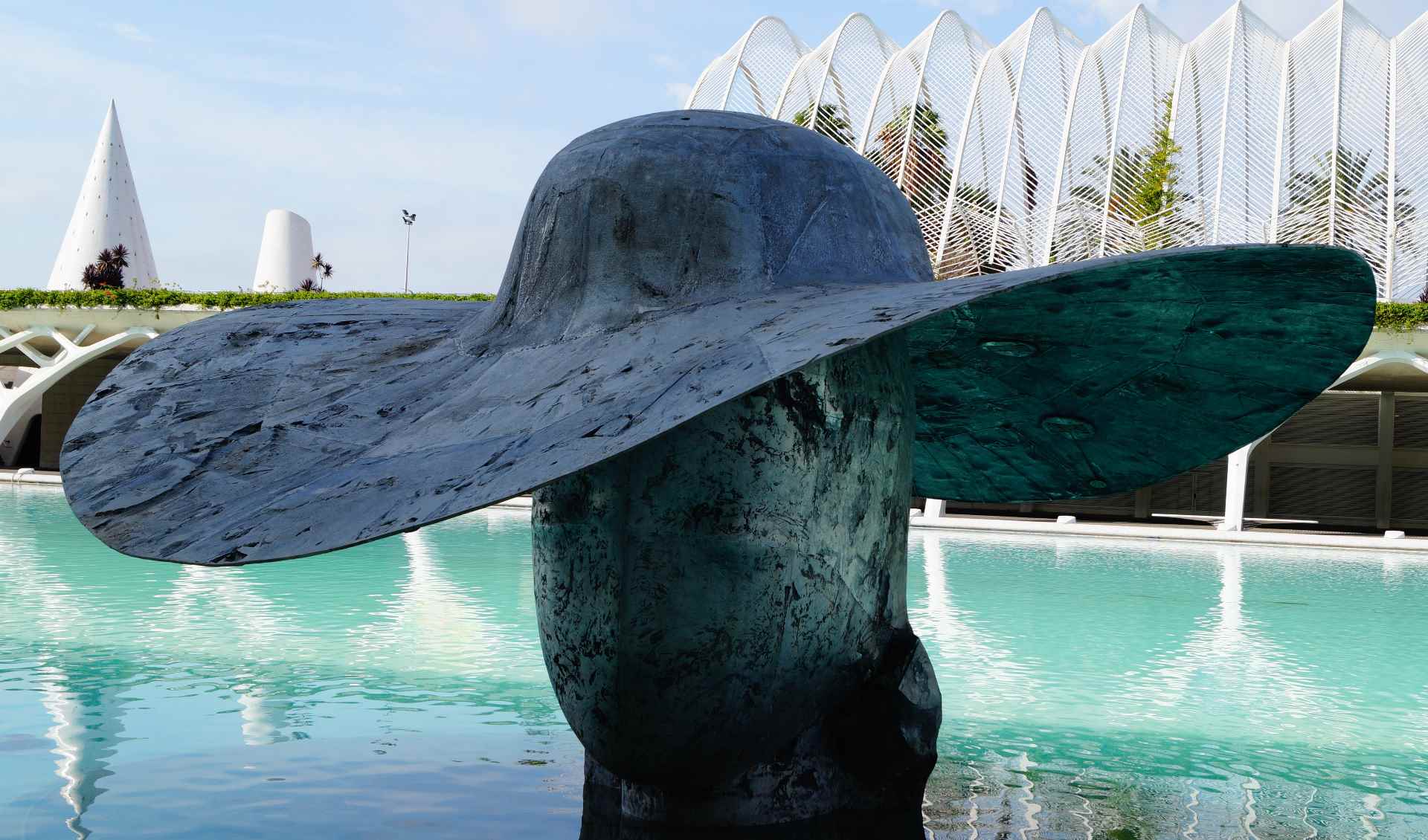Spanish Valencia is becoming more and more popular with tourists every year. The city deserves attention. It surprises, delights and charms. The capital of the Spanish province of the same name is exciting, diverse, friendly and cosy. It is impossible not to fall in love with it. To learn exciting facts about Valencia, you should come here once... and who knows, you may want to stay here forever.

Fact 1. Valencia is the former capital of Spain
The history of this distinctive Spanish city dates back to ancient times. Founded in 140 BC by Roman legionaries, Valencia soon became a cultural and business centre. From 7 November 1936 to 6 October 1937, Valencia nominally served as the capital of Spain, and these months saw some of the most significant events of the Civil War. Today, it is the third largest city in Spain. Regarding territory and population, Valencia is second only to the capital of the kingdom of Spain, Madrid and Barcelona.
Fact 2. The Gardens of Turia is the largest park in the Spanish kingdom
Valencia is home to the largest park in Spain and one of the most unique in Europe. The park's name, Turia Gardens, comes from the Turia River, which flowed through the centre of Valencia and into the Mediterranean Sea. A park area of over 100 hectares in the bed of the Turia River was built at the end of the twentieth century after the river was diverted into a new artificial channel south of the city due to a catastrophic flood in 1957.
Although the course of the Turia had to be relocated in the 1950s due to frequent devastating floods, locals continue to refer to the park as "the river".
Next to the park, you will find another hallmark of Valencia — the City of Science and Arts. It is a whole complex of museums where unique exhibits are collected.
Fact 3. The bat brings victory
The coat of arms of Valencia may seem unusual and incomprehensible at first glance. It is crowned by the figure of a bat, a disgusting nocturnal animal. It would seem that what can a cheerful, sunny city have in common with this mystical "messenger of darkness"? The people of Valencia tell legends about why the winged mouse was honoured to be the city's symbol. It is said that it saved the life of the first Aragonese ruler, Jaime I, by taking the blow of an arrow intended for the king. The battle was won, and Valencia was declared a Christian city.
Today, the image of a bat can be found everywhere in the city: on building facades, on maintenance hole covers, on metro tickets, on postcards and on postage stamps.
Fact 4. Valencia's Gulliver
One of the most exciting places for children in Valencia is Gulliver Park, located in the bed of the ancient river Turia. Why is the park named after a character of he brilliant Jonathan Swift? Because its main attraction is the figure of a giant sleeping man, against the background of which park visitors seem to be inhabitants of the country of Lilliput.
Gulliver's height reaches 70 metres. He is so huge that his hair, pockets and folds of his clothes accommodate children's slides and swings, rope ladders and mazes. A comfortable seating area for parents is set up in the shade of a wide-brimmed hat.

Fact 5. Valencia is the birthplace of Spain's famous paella
The most famous and widespread dish in Spain, paella, originated in this city. Today, imagining a Spanish table without the famous paella is impossible. The original recipe for this national dish is still preserved in Valencia. To taste the renowned delicacy, tourists must visit local restaurants or cafes. Only then will visitors to Spain be able to say with certainty that they have eaten authentic paella.
- What to Eat in Spain — 48 Spanish Foods You Must Try
- Spanish Fruit and Vegetables — A Seasonal Guide
Fact 6. The original and refreshing horchata is a typical beverage from València
A refreshing drink, horchata is produced only in Valencia. It is made using local ground nuts processed in a unique way. The original recipe does not include sugar and synthetic additives. Spaniards prefer to drink horchata at lunchtime to quench their thirst or for a traditional snack in the evening.
An interesting fact about Valencia and a clever marketing trick by local restaurateurs: to increase the drink's sales, the owners of orchata cafes offer visitors to order a long puffy bun "farton" to accompany the drink. Dipping the airy pastry into the horchata is customary, and the bun quickly absorbs the liquid. Thus, the guest will buy orchata in large quantities.
Fact 7. The Fallas Fire Festival is the largest street show in Europe
In the middle of March, Valencia hosts one of the most spectacular events in Spain and Europe every year. The city's main square hosts a stunning performance with musicians, acrobats and mimes. The festival guests witness a grandiose fire show and fireworks as darkness falls.
The main characters of the action are ninots, giant statues made of papier-mache, cardboard, wood, or plaster. In satirical shows, locals laugh at the powers that be. Even the Spanish king and government members get in on the fun. At the end of the celebration, the ninots are burnt. However, one chosen by popular vote is preserved and becomes an exhibit of the special museum "Fallas".
Fact 8. Valencia Street Circuit F1
An interesting fact about Valencia: this city is home to the city's famous Formula 1 circuit. Its construction, 5.5 km long and 14 m wide, was completed in 2007. The trace has a complex configuration with many bends. In some sections, the cars drive along the very edge of the dam.
Formula 1 competitions are held in four European cities, but it is the circuit in the Spanish city that runs through the centre of the metropolis.
It is also interesting because the pilots pass over a swing bridge built especially for yachts with high masts. It makes the course even more dangerous.
Fact 9. The leader in the number of Blue Flags
Valencia is the leader of the Spanish kingdom in terms of the number of beaches awarded the Blue Flag, a prestigious international distinction. It has surpassed such famous holiday regions as Galicia and Catalonia. The "Blue Flag" flying over the beach indicates that the holiday destination meets high international environmental requirements, is accessible to people with disabilities, and has medics and lifeguards on the beach.

Fact 10. The Grail Cup is the main shrine of the Cathedral
An interesting fact about Valencia is that the Cathedral of this Spanish city houses one of the main treasures of the Christian world — the Holy Grail. According to the Bible, Jesus drank from this cup during the Last Supper. The Vatican is believed to recognise the authenticity of the Grail cup kept in Valencia. Hundreds of thousands of pilgrims visit the city annually to worship the shrine.
Knowing these interesting facts about Valencia, guests can enjoy their holidays in this beautiful city, spend an unforgettable holiday and get new impressions. If you are still pondering where to start getting acquainted with the Spanish kingdom, you can safely choose Valencia.






